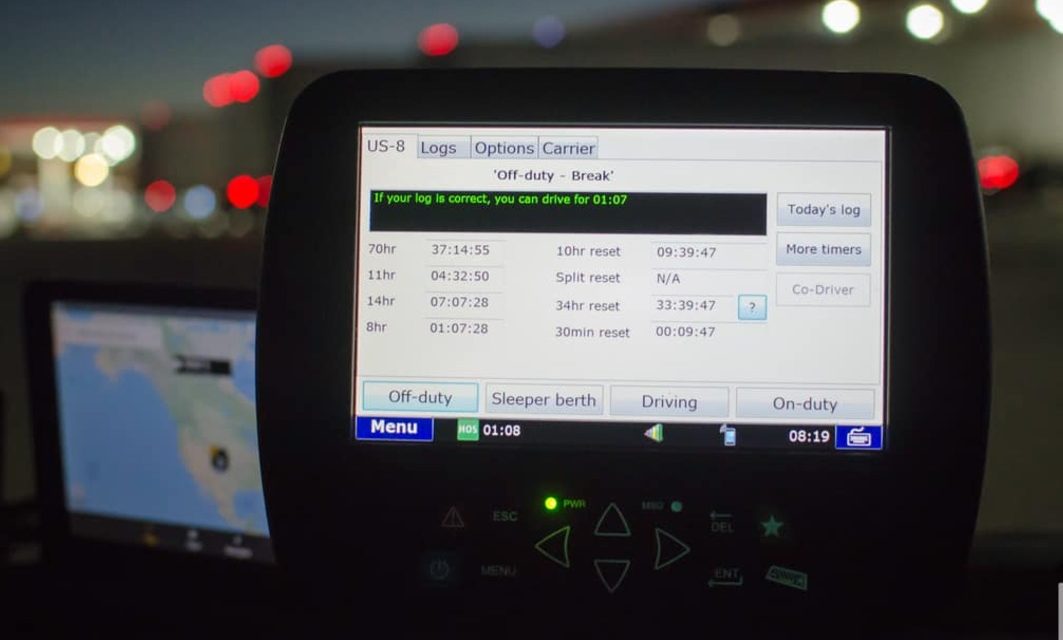House of Dispatch news
Blog
How Many Hours Can a Truck Driver Drive?

In the domain of current transportation, truck driving assumes a vital part in conveying products across tremendous distances productively and really. Nonetheless, one of the most basic parts of truck driving is complying with the Long periods of Administration (HOS) guidelines. These guidelines mean to guarantee the security of drivers, travelers, and other street clients by forestalling weakness related mishaps.
The 11-Hour Driving Limit and Adverse Driving Conditions
The Government Engine Transporter Security Organization (FMCSA) in the US has laid out the Long stretches of Administration (HOS) guidelines to forestall mishaps brought about by driver weakness. The maximum amount of time a truck driver can spend behind the wheel during a given time period is governed by these rules. Consistence with HOS rules is a lawful prerequisite for all business transporters, and infringement can prompt extreme punishments and, surprisingly, the suspension of driving honors.
Electronic Logging Devices (ELDs) and Compliance
One pivotal part of HOS guidelines is the 14-hour driving window. As per this standard, a transporter is permitted to be working for a limit of 14 sequential hours subsequent to coming on the job following at least 10 successive long stretches of off the clock time. This 14-hour window includes all breaks, non-driving time, and driving time. A driver cannot drive past this point, no matter how many breaks they take during the day.

Maximum Driving Time
To keep drivers from stretching their actual boundaries, the FMCSA has set a most extreme driving time under the HOS guidelines. Within the 14-hour driving window, a truck driver can only drive for 11 hours. Before beginning a new 14-hour driving window, the driver must rest for at least 10 hours after reaching this driving threshold.
Weekly Driving Limits
In addition to the daily regulations, HOS rules also have weekly driving limits to prevent drivers from working too many hours over long periods of time. A driver is prohibited from driving for more than 60 or 70 hours in seven or eight days. To reset this breaking point, a driver should require an obligatory 34-hour restart period, including something like two evenings of rest, prior to continuing driving obligations.
The 11-Hour Driving Limit and Adverse Driving Conditions
A truck driver might have to drive in bad weather, traffic congestion, or road closures in some cases. The FMCSA allows a slight extension of the 11-hour driving limit within the 14-hour driving window in such circumstances. Notwithstanding, it is fundamental for note that this augmentation is passable just when the driver experiences unfavorable circumstances and needs additional opportunity to securely arrive at the planned objective.
Electronic Logging Devices (ELDs) and Compliance
The FMCSA has mandated the use of ELDs to accurately record a driver’s hours in order to ensure proper compliance with HOS regulations. ELDs automatically track driving time, lowering the likelihood of mistakes and intentional violations. Because of this technological development, record-keeping has improved, making it simpler for trucking companies and drivers to effectively adhere to HOS regulations.
At House of Dispatch, we are a dispatch service dedicated to supporting truck drivers and trucking companies in adhering to these important HOS regulations. Our expert team ensures that drivers’ schedules are carefully planned to comply with the driving limits and rest requirements set forth by the law.
By following these rules diligently and utilizing our dispatch service, truck drivers can protect themselves, their cargo, and other road users while contributing to the smooth flow of goods and services across the nation. With our assistance, drivers can better manage their driving hours and rest periods, allowing them to focus on safe and efficient deliveries.
